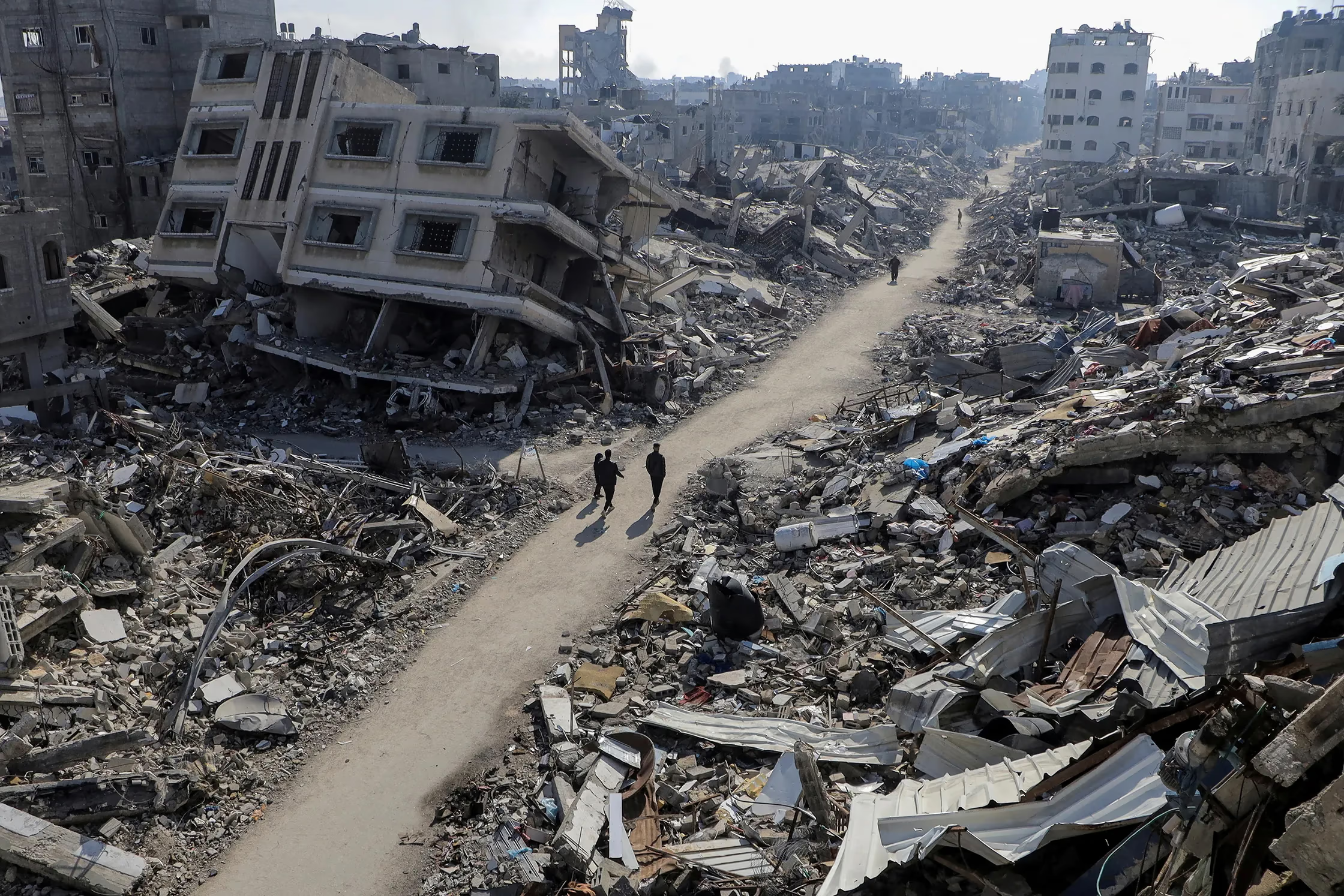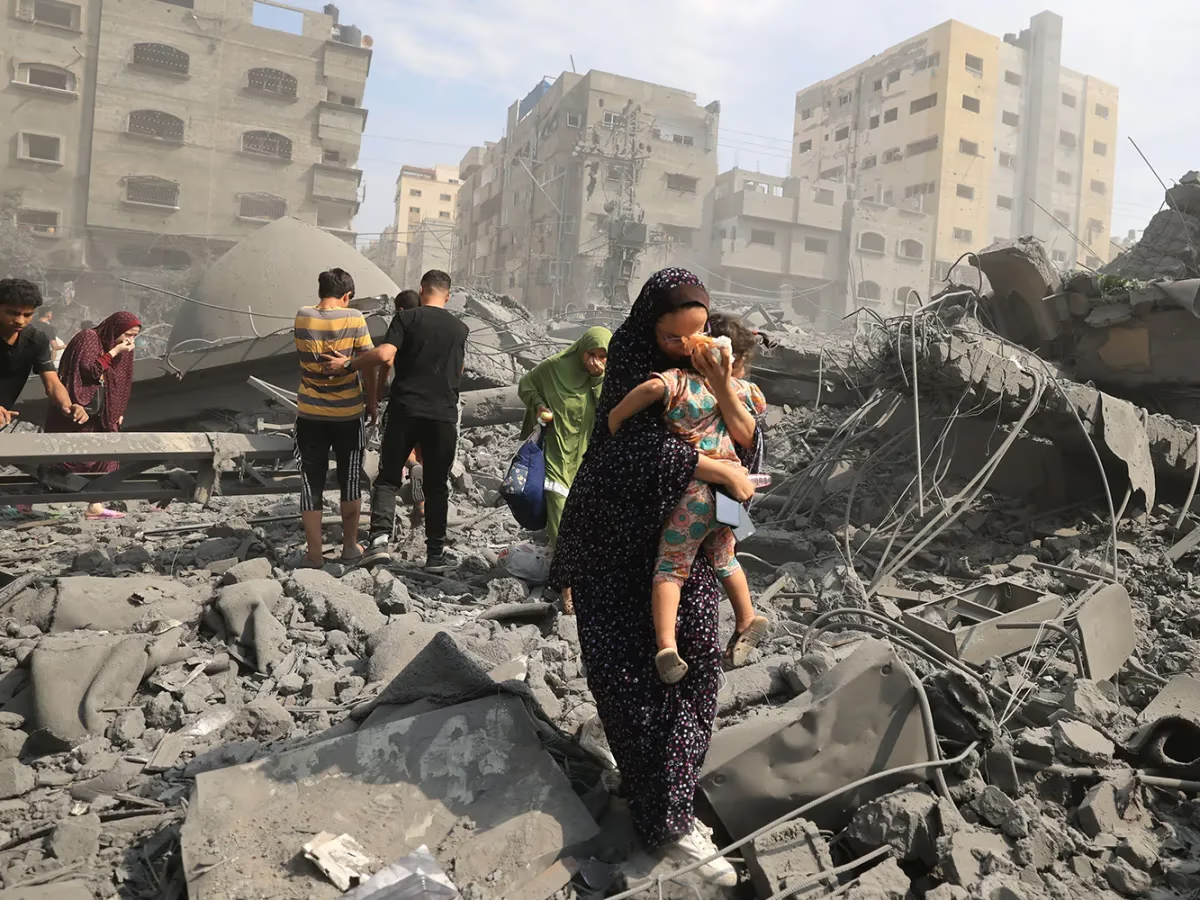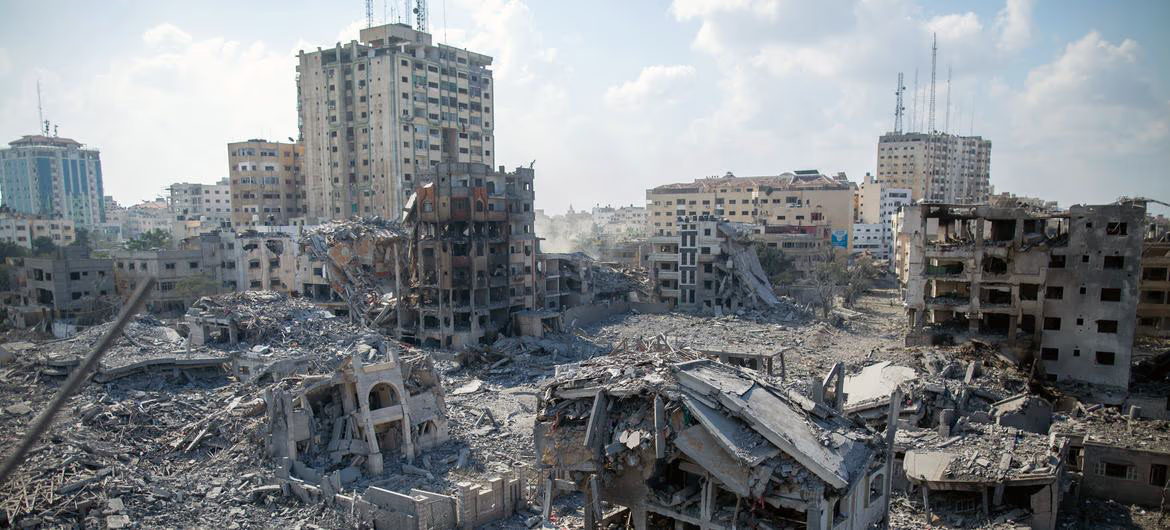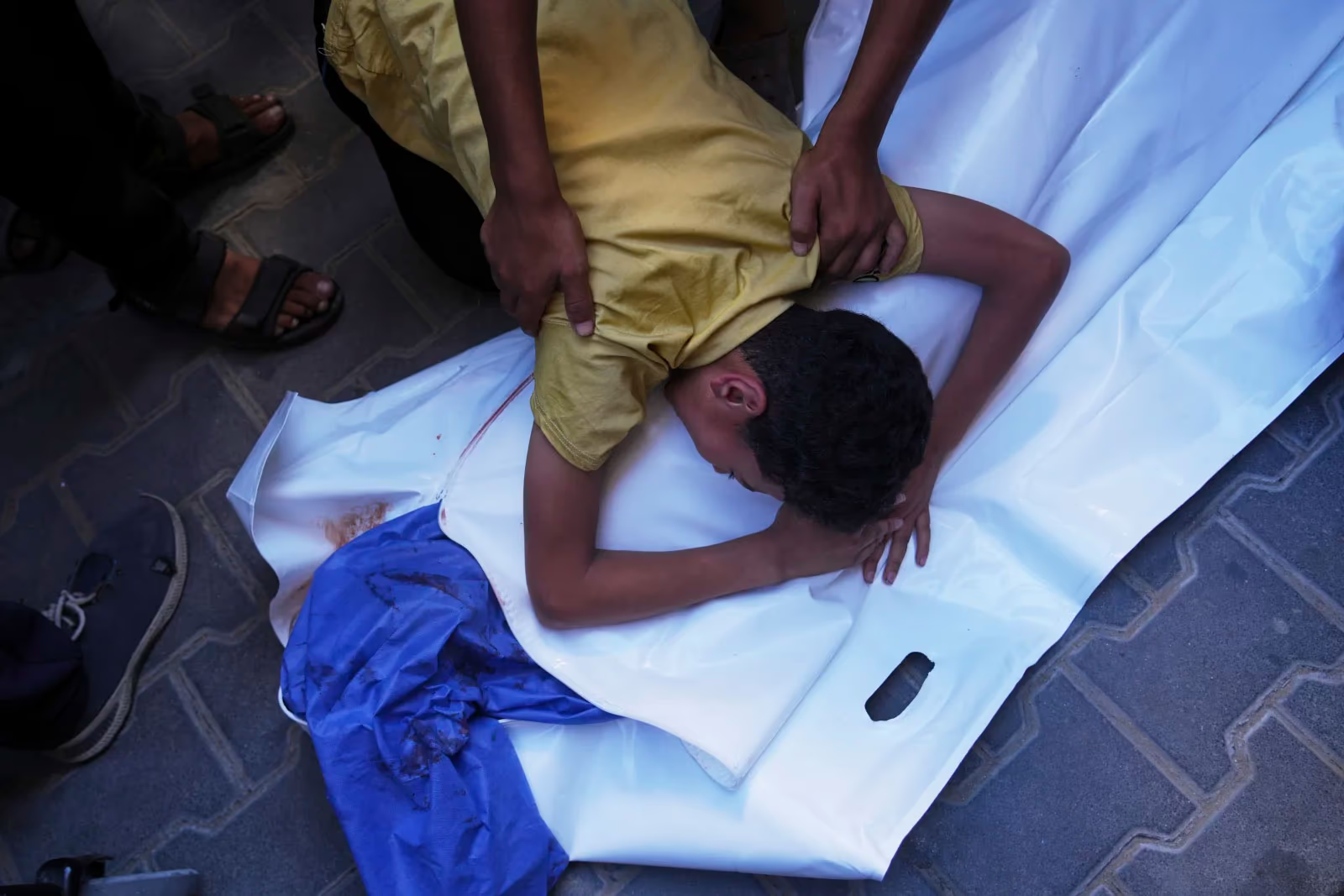Following Donald Trump’s public call to "make a deal on Gaza and bring the hostages home," Israel has intensified shelling in the northern part of the enclave. The army is once again demanding evacuations from areas already devastated by previous fighting. Meanwhile, the White House is preparing to host a close ally of Netanyahu to discuss a ceasefire and Iran’s role in the region. Despite renewed diplomatic efforts, the prospects for fresh negotiations remain uncertain.
Residents in northern Gaza reported the most intense night of Israeli bombardment in weeks—just after the military issued widespread evacuation orders. Meanwhile, Israeli officials were expected in Washington to discuss a new ceasefire proposal promoted by Donald Trump’s administration.
The day after the U.S. president publicly called for an end to the 20-month war, a close ally of Prime Minister Benjamin Netanyahu was scheduled to arrive at the White House for talks on a Gaza ceasefire, the situation surrounding Iran, and potential regional diplomatic agreements.
On the ground, however, there were no signs of de-escalation. "The explosions didn’t stop for a minute—schools and homes were being bombed. It felt like the ground was collapsing beneath us," said Salah, a 60-year-old father of five from Gaza. "The news says a ceasefire is near, but what we see is death and what we hear is bombing."

Jabalia refugee camp in northern Gaza. The site bears the scars of ongoing destruction from the conflict between Israel and Hamas.
Israeli tanks entered the eastern areas of Gaza City’s Zeitoun neighborhood and shelled several locations in the north, according to local residents. Airstrikes also hit at least four schools that had previously sheltered hundreds of families, many of whom were ordered to evacuate the buildings immediately.
Local medics reported that at least 25 people were killed in Monday’s Israeli strikes, including 10 in the Zeitoun area.
The Israeli military has yet to comment on the reports, though it typically states that militants operate among civilians. Palestinian armed groups deny the allegations.
The heavy bombardment followed a new evacuation order for residents in northern Gaza—areas already devastated by previous Israeli operations. The military said it plans to resume combat against Hamas fighters in the north, including the city center. People have once again been instructed to move south.

Palestinians leave the area after an Israeli airstrike on the Susi Mosque in Gaza.
The day after Donald Trump urged both sides to "make a deal on Gaza and bring the hostages home," Israeli Minister for Strategic Affairs Ron Dermer—a close ally of Prime Minister Benjamin Netanyahu—was expected at the White House. According to an Israeli official, the talks were set to cover both the Gaza situation and Iran.
In Israel, a meeting of the country’s security cabinet was scheduled for Monday, where further actions in Gaza were expected to be discussed.
On Friday, the chief of staff of the Israel Defense Forces said the current ground operation was nearing its objectives. And on Sunday, Netanyahu stated that "new opportunities" had emerged for the release of hostages—twenty of whom are believed to still be alive.
Sources familiar with the negotiations in Palestinian and Egyptian circles said mediators—Qatar and Egypt—had stepped up their efforts with both parties, though no date has yet been set for a new round of ceasefire talks.

Destruction in Gaza as a result of ongoing hostilities.
A Hamas spokesperson stated that progress is only possible if Israel changes its stance and agrees to end the war and fully withdraw its forces from Gaza. Israel, for its part, insists that any cessation of hostilities must be contingent on the disarmament and dismantling of Hamas. The group has refused to give up its weapons.
According to UN estimates, more than 80% of Gaza’s territory is now either under Israeli military control or subject to evacuation orders.
Might Over Right

Israeli Strike on Gaza Kills 30, Including Six Children
Ceasefire Talks Stall as Israel Demands Hamas Surrender and Militants Insist on Full Withdrawal

"People Go There Not Knowing If They’ll Come Back Alive."
Israel and the U.S. Have Replaced the UN With Their Own Fund, Distributing Aid Through a Few Sites Marked by Strikes, Stampedes, and Hundreds of Deaths

Israeli Strikes on a School Sheltering Displaced Families in Gaza Kill at Least 56, Three More Shot Dead in the Enclave’s Center While Waiting for UN Aid
This Happens Almost Every Day

At Least 51 Killed in Khan Younis
Israeli Forces Once Again Open Fire Near Humanitarian Aid Distribution Point

Israeli Strike on Gaza School Kills 33—Army Says Militants Were Hiding in the Building

Israel Launches Airstrike on Jabalia
At Least 48 Dead, Including 22 Children

